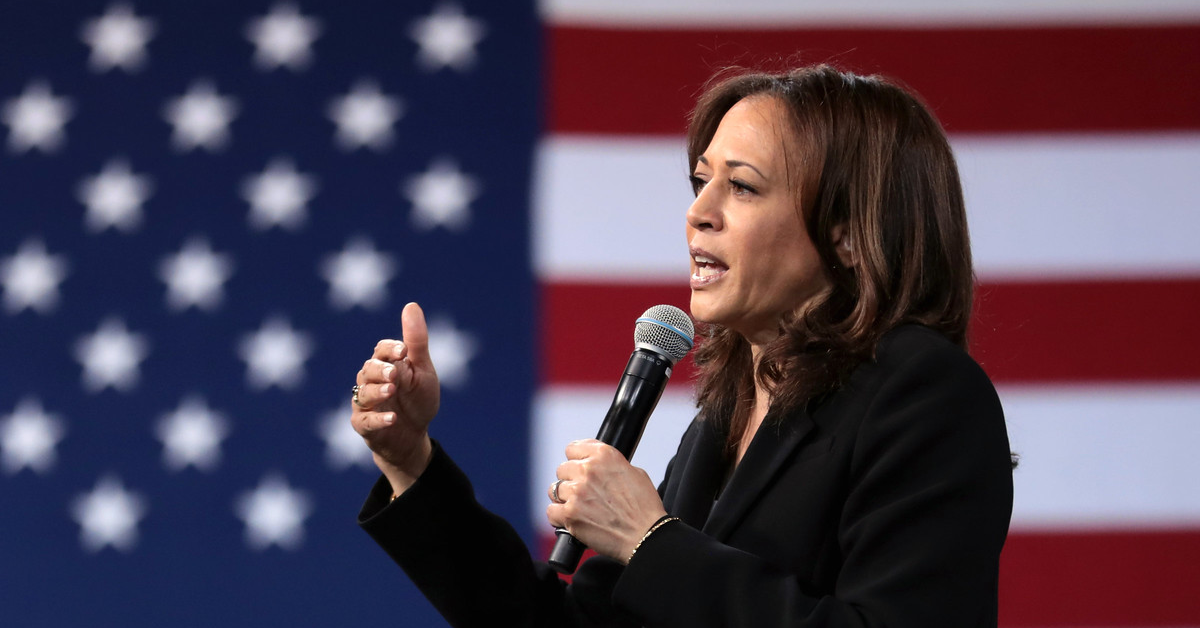Across the country, 1 in 3 Americans report taking at least one prescription medicine per year.
As health insurers require higher out-of-pocket costs, many patients are forced to ration or forgo these medications to treat chronic medical conditions.
As the President and CEO of Legacy Health Endowment (LHE), I know firsthand how devastating the rising cost of prescription drugs is in the rural Central Valley.
Alongside funding programs to help vulnerable patients afford their prescription medications, our mission is to create and advocate for solutions to improve the health of the residents in the LHE community.
One repeated concern I’ve heard: “It’s time to make prescription drugs more affordable.”
To do this, our elected officials need to stand up and deliver real solutions, starting with holding bad actors across our healthcare system accountable.
Many Americans don’t realize that the price they pay for drugs at the pharmacy counter is determined by a complex process that includes their pharmacy, drug manufacturers, health insurers, and middlemen known as Pharmacy Benefit Managers (PBMs).
With very little oversight or transparency into this process, these PBMs and health insurers have figured out a way to rake in massive profits at the expense of chronically ill patients.
Using high deductible health plans, health insurers are forcing families to spend hundreds and in some cases thousands of dollars out-of-pocket to access life-sustaining medications.
In their position as intermediaries between pharmacies, insurers, and manufacturers, PBMs develop annual lists of medications offered to health plan members known as drug formularies. For a pharmaceutical company’s drug to be included in these formularies, they must provide significant rebates to the PBM.
However, PBMs take a cut of these rebates and pass the rest along to the insurers and in some cases the employers they represent rather than passing along the savings to patients at the pharmacy counter.
While a lack of transparency means we don’t know how much they profit from each transaction, we know drug rebates have grown from $102 billion in 2010 to $187 billion in 2020, likely because PBMs have exploited the lack of oversight within this system, turning it into a profit-making machine.
In California alone, a 2020 report from the Department of Managed Health Care found that health plans and their PBMs received more than $1.4 billion in rebates from manufacturers, up 57% from 2017.
To make matters even worse, PBM efforts to increase rebates from manufacturers have had a substantial effect on list prices. A recent study reveals that for every $1 increase in rebates, list prices have increased by an average of $1.17. As list prices and PBM profits skyrocket due to the rebate scheme, patients are forced to pay more and more in out-of-pocket expenses.
In his State of the Union address, President Biden doubled down on the need for the federal government to manage prescription drug costs under Medicare while working families continue to suffer without any help from Congress.
While the political rhetoric continues, Americans are fighting exploding inflation and skyrocketing gas prices while trying to afford their medications and feed their families. When will Congress focus on the healthcare needs of working women and men, fix the loopholes in how health insurers, PBMs, and PhRMA companies force Americans to pay more to stay alive?
The need is great, and the time for action is long overdue.











